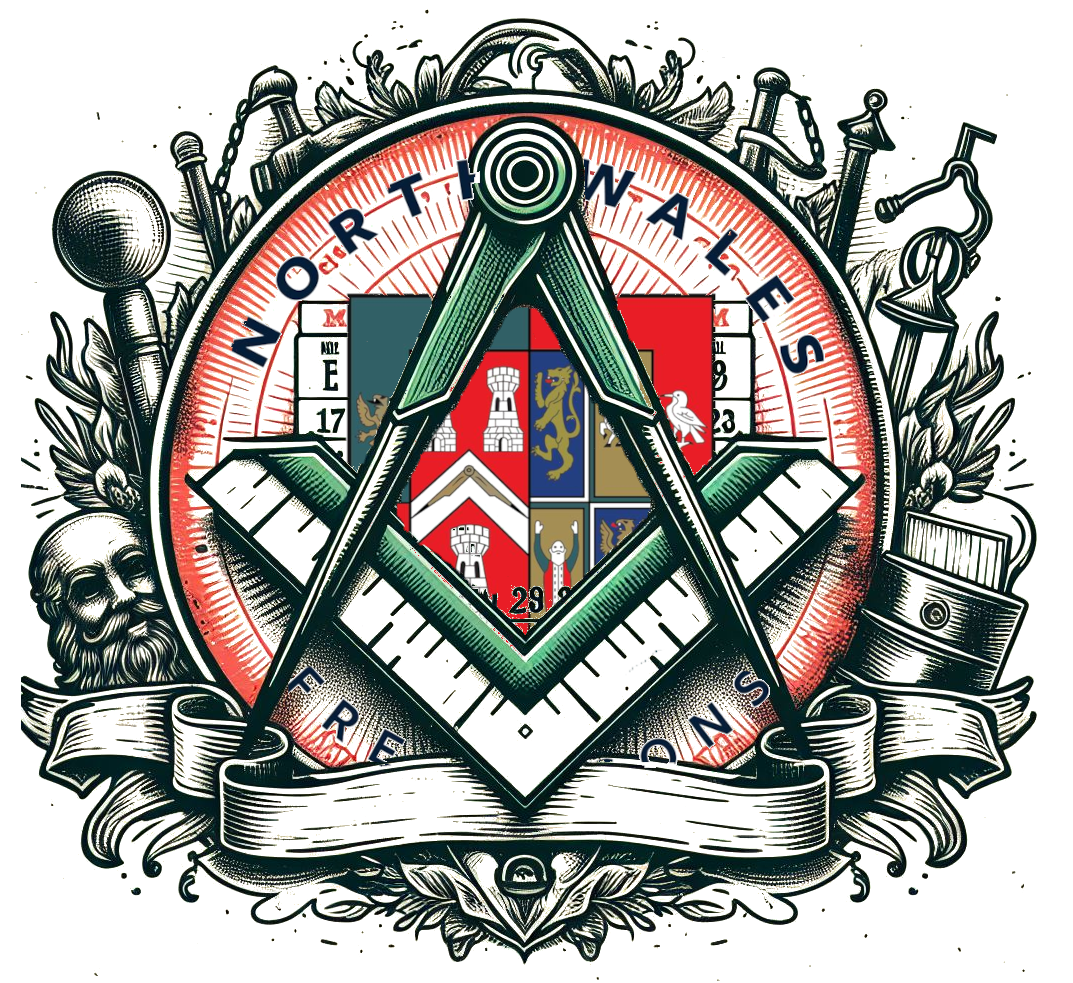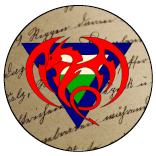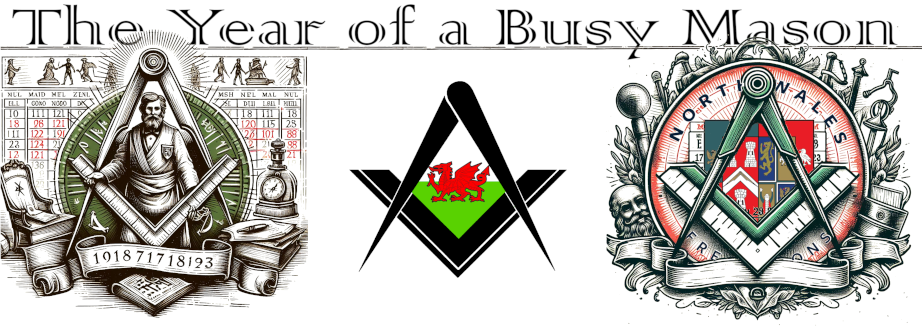This evening was Wrexhamian Lodge’s wasted meeting.
This evening I saw the worst thing I have ever seen, we let our Entered Apprentice to answer the questions ready for the second degree, and then we are kicked him out and replaced him with a stand-in candidate. This was on top of him being kicked out last month due to us doing a third degree ceremony.
The reasoning behind this was that the DC and Secretary want to do a live second next month, when they have their friends from London up. Personally I would have arranged something this month that did not involve kicking out candidate out for no reason, and let him be involved in the evening.
So the EA was asked to leave, and that was the point the DC realised the “volunteer” he had arranged to act as the candidate was now filling in for the JD. He therefore asked a visiting Fellowcraft who had turned up to be able to watch a second, to stand in as the Candidate.
Some of you may be thinking, “Well you had a practice this evening, so next months ceremony should be excellent!“. You would be wrong! The people who were the officers this evening will not be in the roles next month. The DC has decided we will be having a Past Masters evening, so different people in the roles.
Yes. we kicked a candidate out to get a practice that we did not need and was useless. I worry about the future of Wrexhamian Lodge.
Update Count:- Attended/Total
19/21 – Meetings
06/06 – Visits
11/14 – Rehearsals
07/09 – Committee
04/04 – AGM’s
01/01 – Social
Masonic Halls – 12


Freemasonry (Craft)
One of the oldest social and charitable organisations in the world, Freemasonry's roots lie in the traditions of the medieval stonemasons who built our cathedrals and castles.
It is here that a number of the famous elements of Freemasonry find their roots. In the medieval era, stonemasons often travelled around to find work in different locations. To demonstrate their level of qualification, they would use grips, words and signs in order to distinguish themselves from unqualified builders.
Freemasonry uses building analogies to teach members how to lead productive lives that benefit the communities that they live in. In the medieval era, stonemasons wore aprons and gloves to protect themselves while working on shaping rough pieces of stone, but in today’s society Freemasons meet to build friendships and communities rather than cathedrals and castles.

